Chasing Baddies With Style | Ferrari 250 GTE Police Car.
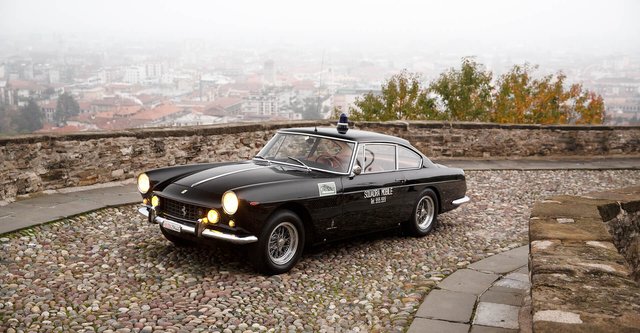
Go ahead, try and name a car company that's more unanimously recognised and revered around the world. Everyone from toddlers to your granny knows what a Ferrari is, and what it represents. Not only having caught the attention of passers-by, the Prancing Horse has become the envy of all other carmakers, with few matching its provenance, and fewer being able to compete on the same level. A Ferrari badge marks the pinnacle of style, presence, performance, and driving emotion.
Yet, while they've made some of the best road-cars in history, it's eponymous founder, Enzo Ferrari never wanted to make them in the first place. Starting from his roots as an Alfa Romeo works racing driver; he had only ever lived, and breathed motorsports. That's all that Enzo had ever wanted, to drive, and make his own race cars.
Credits to: CarPixel | Ferrari 365 Daytona, Ferrari 275 GTB, Ferrari 512BB, Ferrarri 330 GTC.
However, as he later found out, racing is an expensive sport, and he needed money coming in for him to fund his life-long hobby. By taking his experiences with engineering racers, Enzo put those learnings to work by making the best, and most sought after road-cars, before shoving that money back into his motorsports programme. It was a practical necessity, with great reluctance from Enzo himself, as a cause to make money and nothing else. However, few could imagine that it turned out to be the success that it is today.
The magical touch of Enzo is enough to make any person shiver in their place, and in today's classifieds, classic Ferrari models are worth more than most mortals could ever accrue in their lifetimes. A rare, Ferrari 250 GTO? Send a check for $70 million, please. How about a more mass-produced, and pedestrian 365 GT 2+2? That'll still cost nearly $300,000. So, how about this one-of-a-kind specialty, a Prancing Horse that doesn't wear racing overalls, but a uniform adorned with the clinking of hand-cuffs, and a pistol holstered by it's belt.
Hot Fuzz.
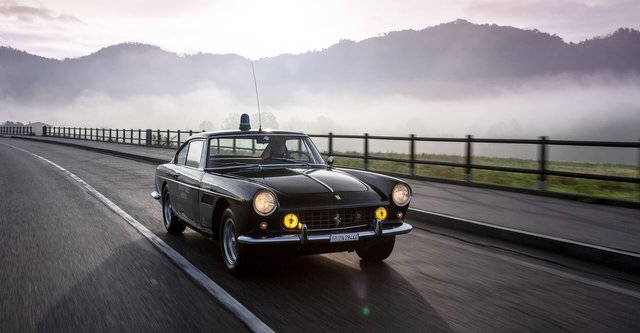
Credits to: Girardo | Ferrari 250 GTE 2+2 Polizia (1962).
Back in the 1960s, Italy was somewhat of a free-for-all among criminal circles, from marauding gang members, burglars, and between rivalling Mafioso clans. Italy's Finest did their best to put down the hammer of justice, but often enough, they come up short when it comes down to pursuing the baddies. Car chases became frequent, though the police were sometimes outran, even in their uprated Alfa Romeo squad cars.
It then came down to one man, a legendary police officer by the name, Armando Spatafora. Commissioned with the Roman quadrant of the Italian police, his bosses asked him as to what improvements can be made to better perform during high-speed chases. He replied, "What could be better than a Ferrari? ", and to his surprise, Spatafora was told, "A Ferrari you will have, then. ". He soon became one of just four elite officers that went on a special pursuit-driving course at Maranello, Ferrari's famous test track.
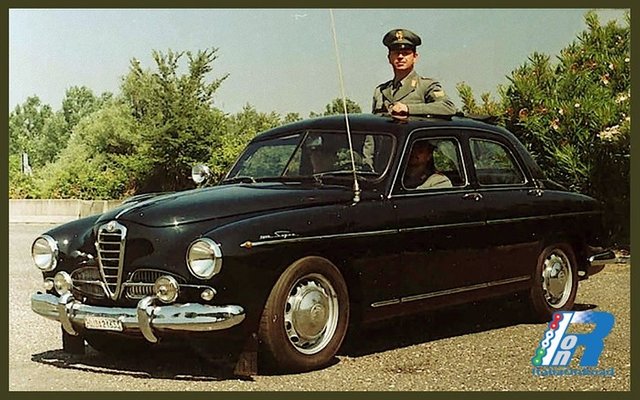
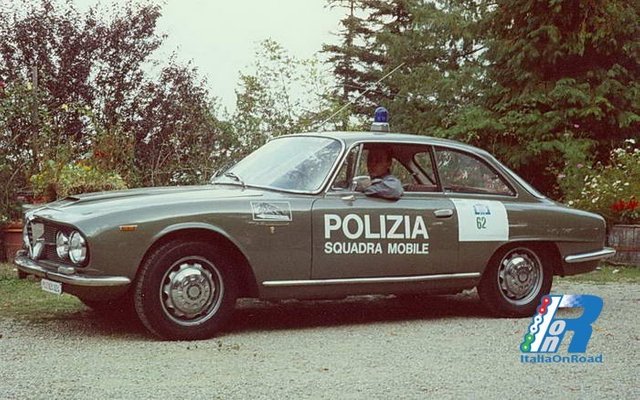
Credits to: Italia on Road | Alfa Romeo Police Cars of the 1960s.
By the end of the course, Spatafora was shown his new car, a Ferrari 250 GTE 2+2 Series II, with chassis number 3999, and one of two such cars built for the Italian police. This, I can imagine, was felt with the same excitement that Bond must experience, when he's presented an Aston Martin by Q, with all its toys and gadgets. Spatafora's 250 didn't have machine guns or ejector seats, but it was fast, very fast. 3999 was a sight to behold for any passing police officer, who saluted them; and the criminals, who had the pleasure of sitting in the passenger seat, hands cuffed.
So long as Spatafora, and his trusty 250 GTE were out on patrol, it was nigh impossible for any baddy to outrun the duo, and to anyone who accomplishes this rare feat, they're awarded with prestige in the underworld of crime. Chassis 3999 kept working, even when news came that it's blood-sibling, the other Ferrari-prepped 250 GTE police car, was crashed just weeks into active service, forcing it to be written-off. Pain and anguish never stopped this Prancing Horse from serving the community, however.
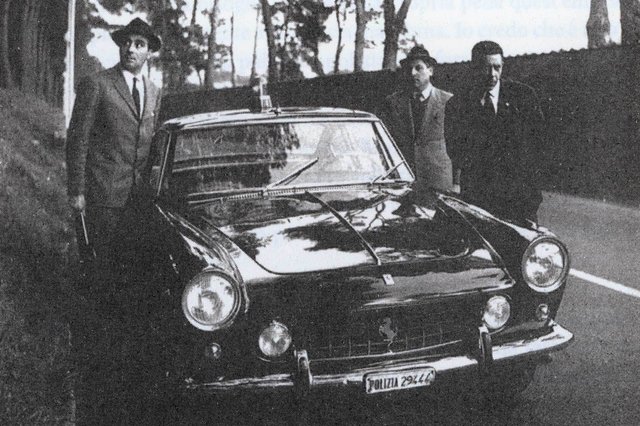
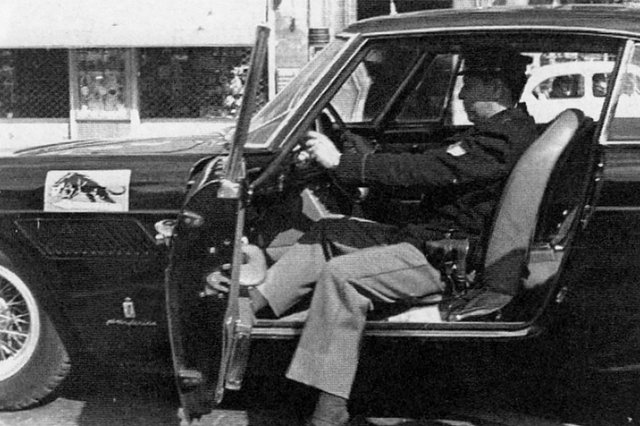
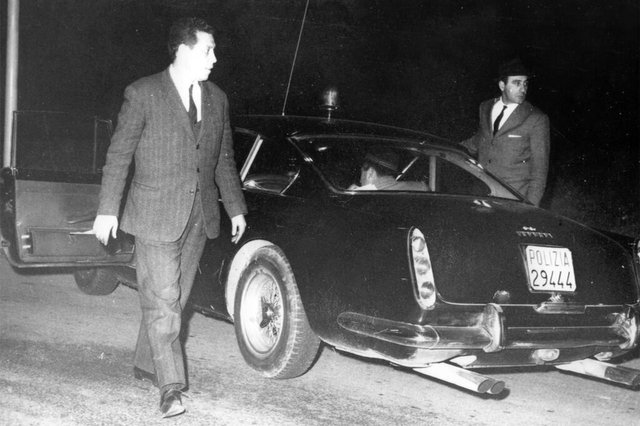
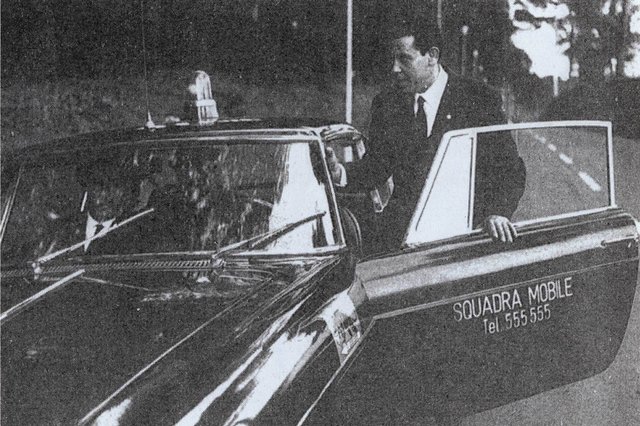
Credits to: Girardo | Ferrari 250 GTE 2+2 Polizia (1962).
Feared, and respected by all walks of life, they both made Italy's streets safer, and after six years of service, 3999 was eventually retired in 1968. Thereafter, it saw minor active duty, helping to deliver emergency blood packets to hospitals in Naples. Parting ways with Spatafora, Chassis 3999 was eventually sold at a public auction, and to the credit of its new owner, who recognised the importance of the car's history, it was kept in the original condition.
Even during 3999's commission with the Roman police, it made regular trips back home to Maranello, for maintenance work. Between the hands of technicians at Ferrari, the Italian police, and its new owners, 3999 has been left in great shape, as seen with these photos. There's nothing to suggest that it's aged at all, or that it's had a hard life. But look closer, and you can see those battle scars of countless high-speed pursuits under its skin, unlike the flashy police cars of today, that are mostly for show.
Credits to: CarPixel | Ferrari 612 Scaglietti and Lamborghini Huracan police cars.
3999 has worked hard all its life, and in 1984, it was reunited with its old partner, Spatafora. Wanting to rekindle those old memories, Spatafora was given the chance to race his old 250 GTE at Coppa delle Dolomiti, a rally sanctioned on public roads, in the same fashion of Mille Miglia. Showing that age is never an obstacle, the elderly, and now retired duo managed to get the second best time overall. Amazing then, but imagine what they could've done in their prime.
It was likely the last time Spatafora and 3999 had spent time together, before the former's passing in 1987. Retelling tales and adventures filled with grandeur, 3999 is now a private vehicle, making its rounds between concourse events and museums. It had a movie of its own in 1977, with Highway Racer taking inspirations from Spatafora, 3999, and their collective misadventures. So respected was 3999's legacy, that it's the only privately-owned vehicle in Italy today, where you can legally use the siren and lights on public roads, much to the amazement of all those who see it.
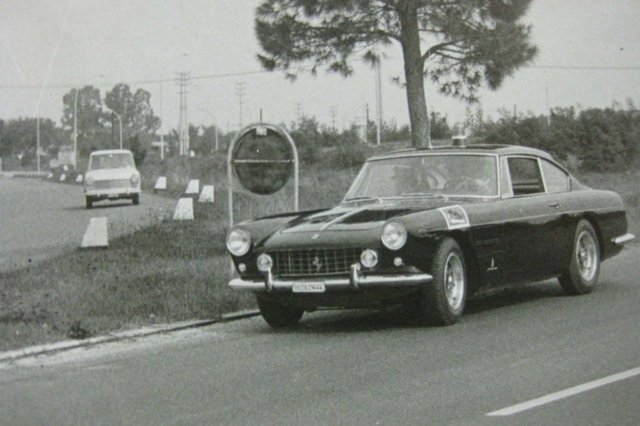
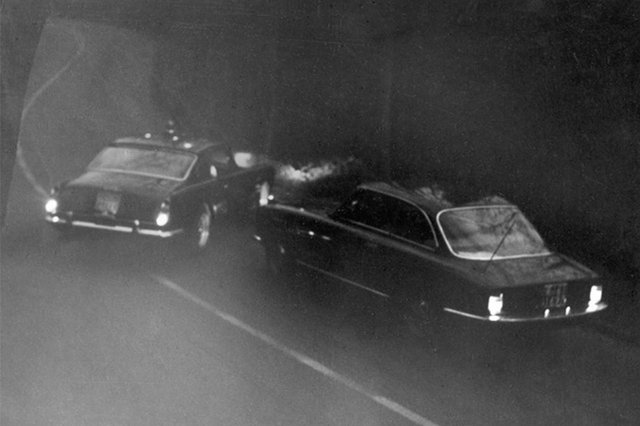
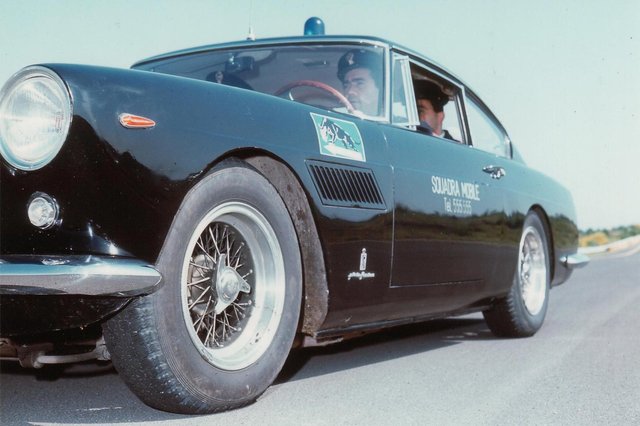
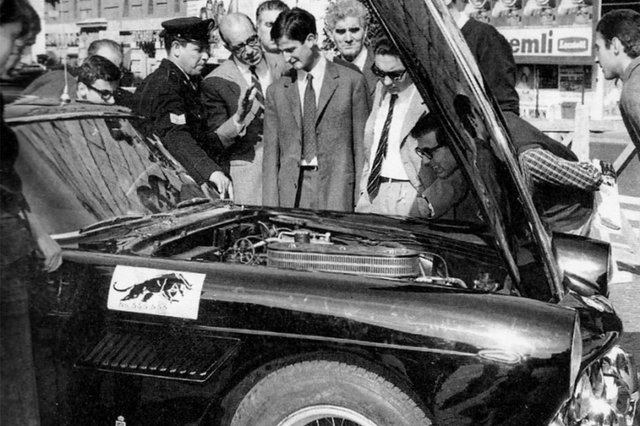
Credits to: Girardo | Ferrari 250 GTE 2+2 Polizia (1962).
A Gentle Bruiser.
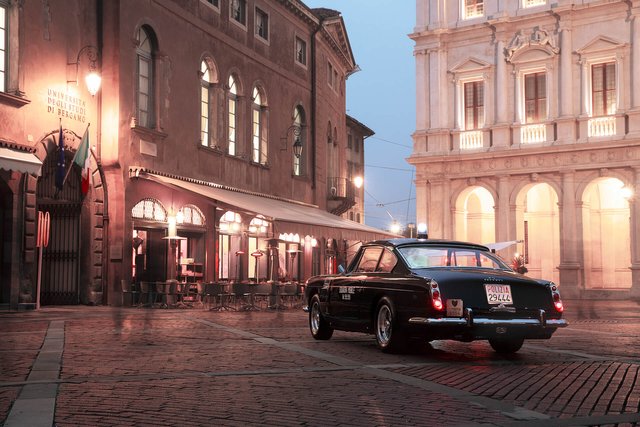
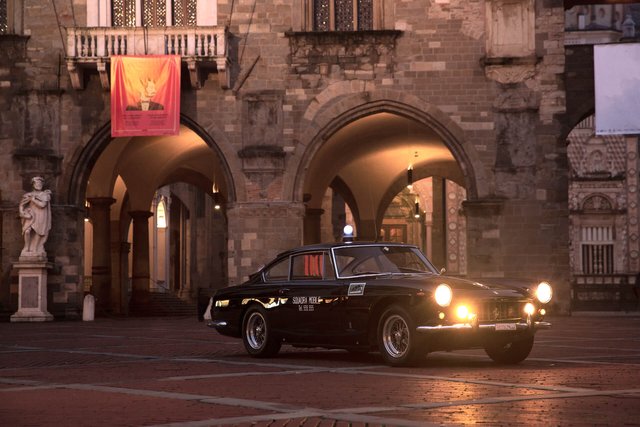
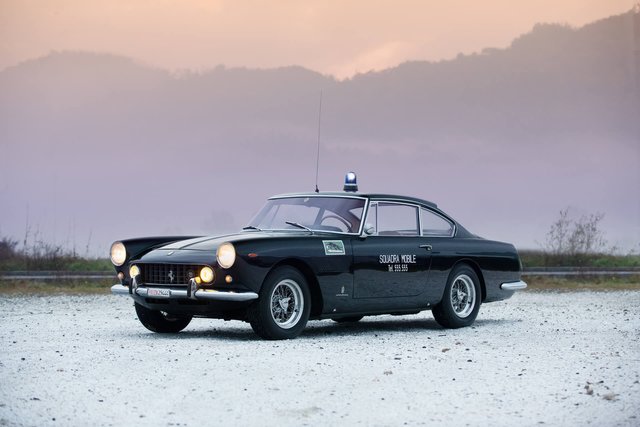
Credits to: Girardo | Ferrari 250 GTE 2+2 Polizia (1962).
So, that's the background of this very special, senior car, and if you're keen on inheriting, or working to preserve that legacy, 3999 is once again on the auction block. There's been no reserve price or estimation, but Ferrari 250 GTEs tend to go around the $300,000-$500,000 mark. Not cheap by any stretch of the imagination, but given that 3999 is the only Ferrari police car that I know of, and especially its nearly pristine condition, I can expect it to be valued near the upper end of that spectrum.
To be clear, this is far cheaper than some other Ferrari models, including from the same 250 series of cars, where certain models can be priced into the seven or eight digits. Mind you, there's more here than just misty-eyed stories of the past. The Ferrari 250 GTE was the first production four-seater car from Ferrari, as in the name "2+2 ", meaning it's primarily a two-seater, but two more rear-seats are available for occasional use.
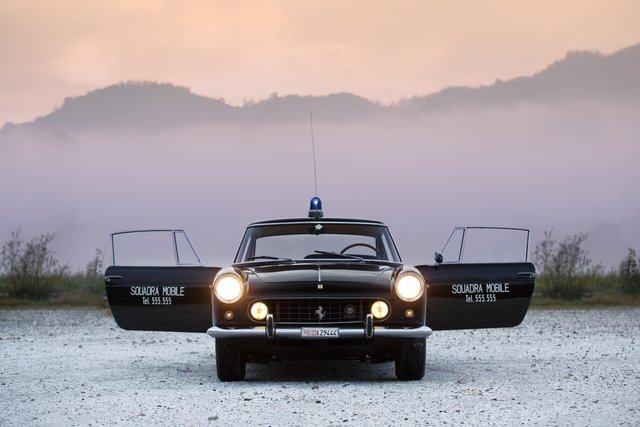
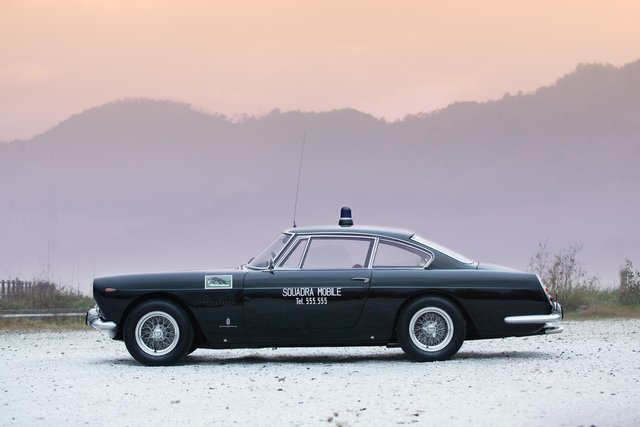
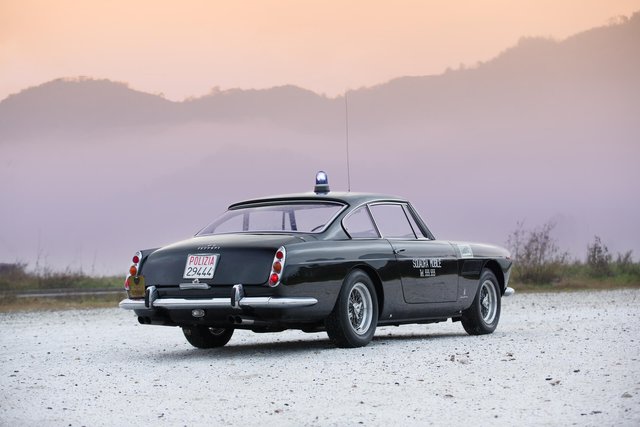
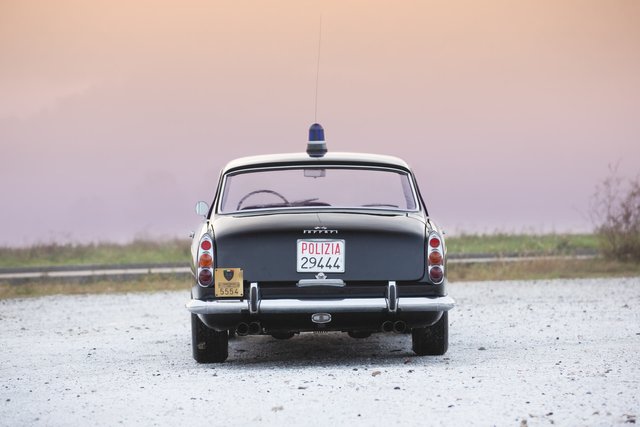
Credits to: Girardo | Ferrari 250 GTE 2+2 Polizia (1962).
Development started in 1959, with Ferrari's engineering prowess clothed under Pininfarina's awe-inspiring bodywork. Those elegantly sultry lines sit atop a modified long-wheelbase platform used by other Ferraris of the era, as the engine had to be moved closer to the front, in order to accommodate more passengers in the rear. Nevertheless, don't assume that this has compromised the balance that made Ferrari's sports cars ever so popular.
While more cushy and comfortable than the Prancing Horse's other road-racers, it still has the athleticism to shove you into those thickly-padded Italian-leather seats, should you desire. It's also the reason why Enzo himself prefers a 2+2 configuration, as it balances out the need for spirited driving, and long-distance cruising. His personal daily drivers have almost always been 2+2s, having shared the 250 GTE with his family, friends, and dog.
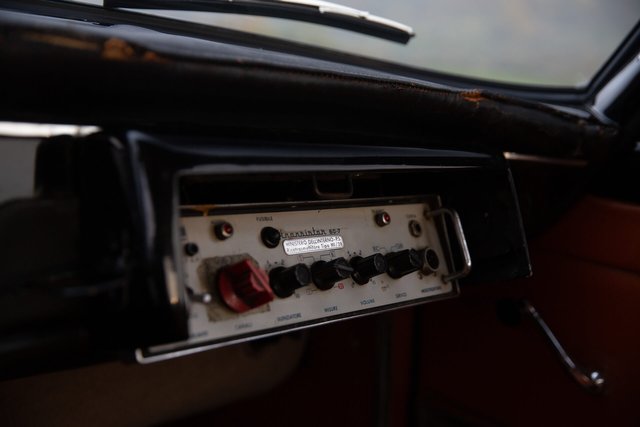
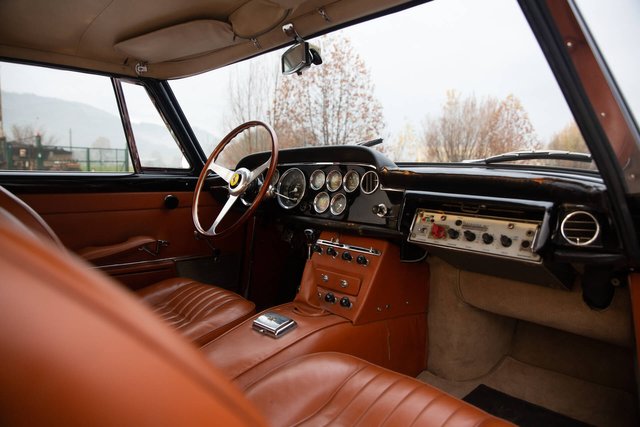
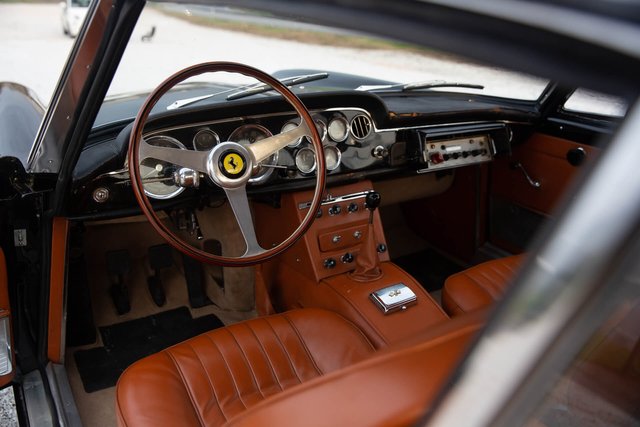
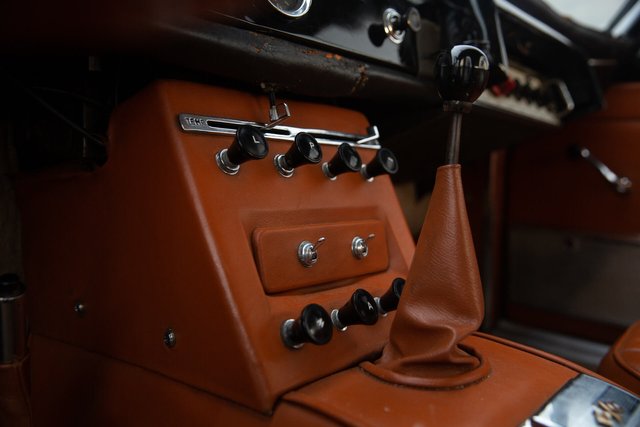
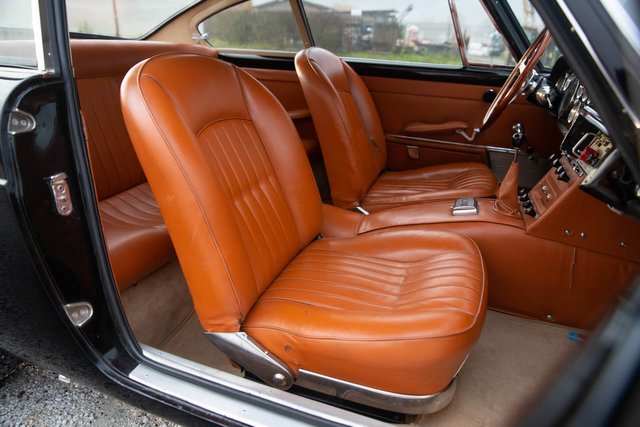
Credits to: Girardo | Ferrari 250 GTE 2+2 Polizia (1962).
Publicly, it was first shown at the 1960 Le Mans 24 Hours endurance race, where it acted as the course marshal's car. This publicity stunt, among others, helped to increase its notoriety, as Enzo sought to keep funding his racing teams. Being the most expensive Ferrari road-car sold at the time, the GTE was a real money-maker, and it helped to stabilise the company's then-shaky finances.
On the more technical side of things; it had a Colombo-designed V12 engine, within the same family of powerplants that Ferrari stuck in its cars from their birth-year in 1947, until the year Enzo passed away, in 1988. It's an iconic engine for the discerning car enthusiast, and when tuned to 3.0-litres, it made 240 horsepower. Once fitted onto a GTE, it's allowed it a top speed of 150 mph (240 km/h ); one reason why 3999 was adept at chasing down criminals, as it was one of the fastest things on the road at the time.
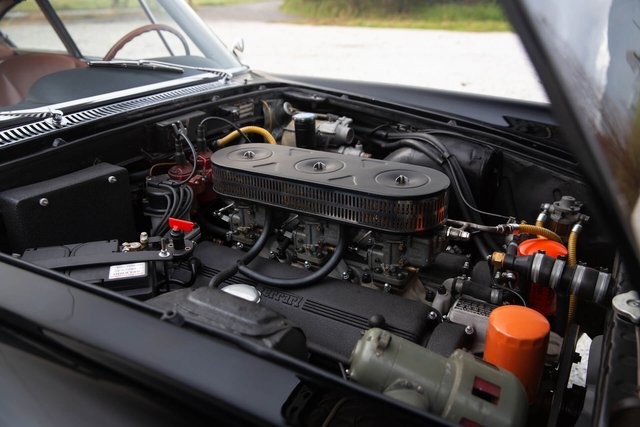
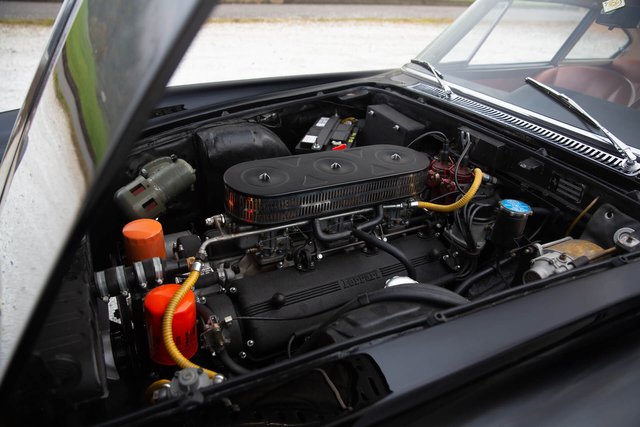
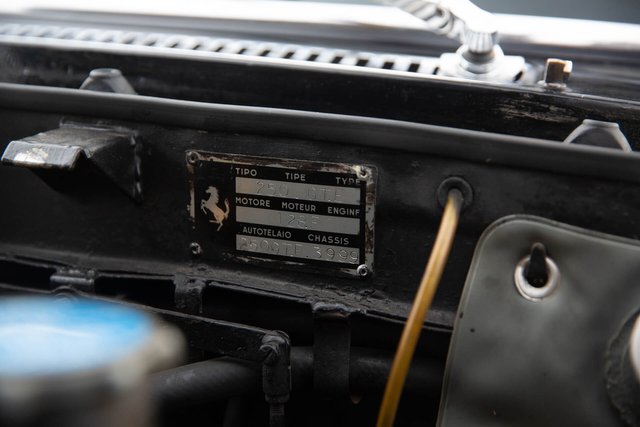
Credits to: Girardo | Ferrari 250 GTE 2+2 Polizia (1962).
Going back to Chassis 3999 for a moment, you can see how well it's been cared for, with the way that black paintwork glistens in the sunlight. It's a good chance to see how simple the police livery was, with the department's phone number helpfully placed, if you ever need to call for help. Specifically, this phone number would ring the "Squadra Mobile ", or "Mobile Team ", which is the Roman police force's high-speed pursuit unit. Though internally, Spatafora and his fellow team members were known as the "Squadra Volante ", or "Flying Squad ".
There's a few other small touches here, other than the large flashing light on the roof. Along the rear, right next to the vertically-stacked taillights, you'll find a small plaque, numbering this car as a member of the police squadron. A similar badge of honour is shown at the front, with the emblem of the department stuck onto the grille, in-between that famed Prancing Horse badge, and the fog-lights, placed here to accompany the rather dim headlights. In the very nicely-appointed interior, given this is a police car, you'll also find an old radio, right where the glovebox would normally sit, which still works!
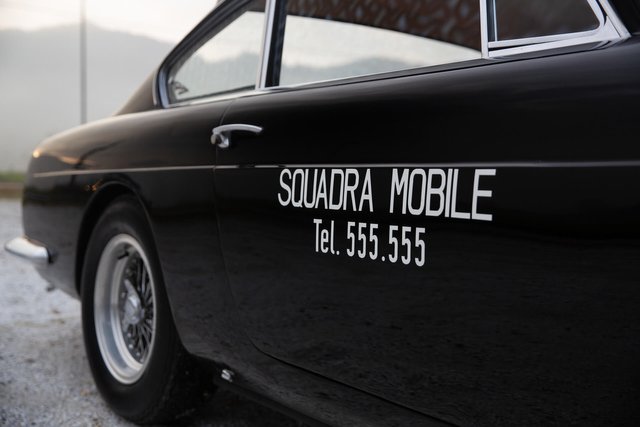
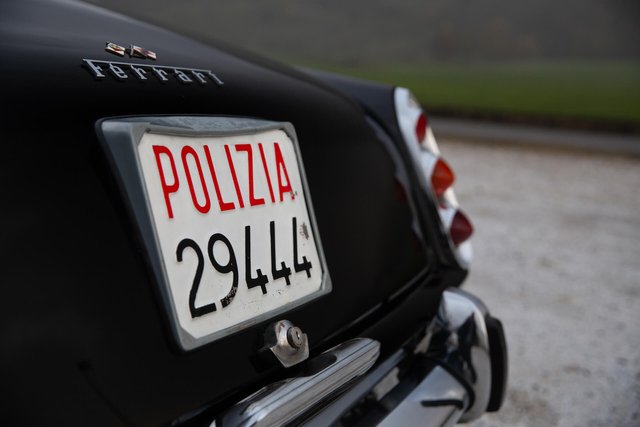
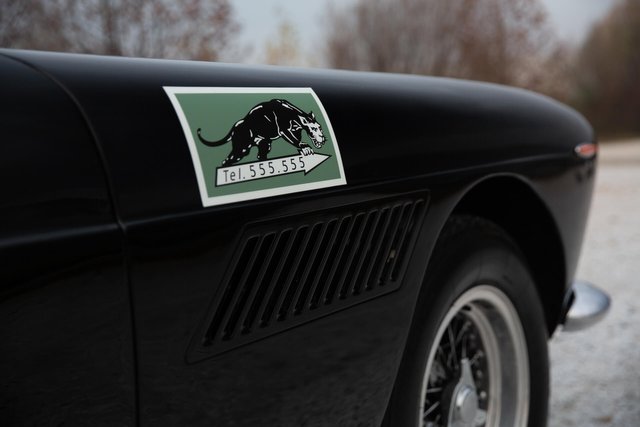
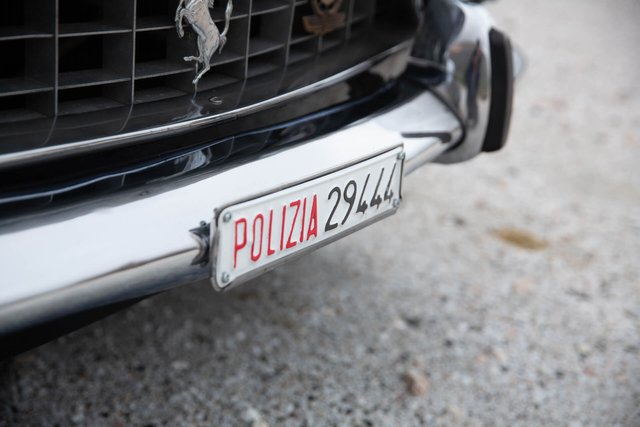
Credits to: Girardo | Ferrari 250 GTE 2+2 Polizia (1962).
Retirement.
It's unlikely that 3999, although still in great condition, will ever see such spirited action again. Like an old battleship docked onto the shores of Pearl Harbour, this old warhorse is a veteran, and will continue to live its life in retirement. It'll relax in a garage somewhere, hanging out with fellow automobiles, both young, and old, while sometimes going out and having fun with its new human companion.
Every so often though, 3999 will be called back onto the public eye, as a symbol to the successes of those police officers who gave their hearts into fighting crime. Maybe it'll have the chance to walk down old memory lane, and catch-up with the younglings serving Italy's finest. Spending time among a sea of Jeeps, Fiats, and most importantly, the Alfa Romeos, as 3999 gives them a stern, albeit sarcastic reminder that their grandparents weren't as good as. To whomever that wishes to be 3999's new companion, please take good care of him, and always remember to have fun :-)


@tipu curate